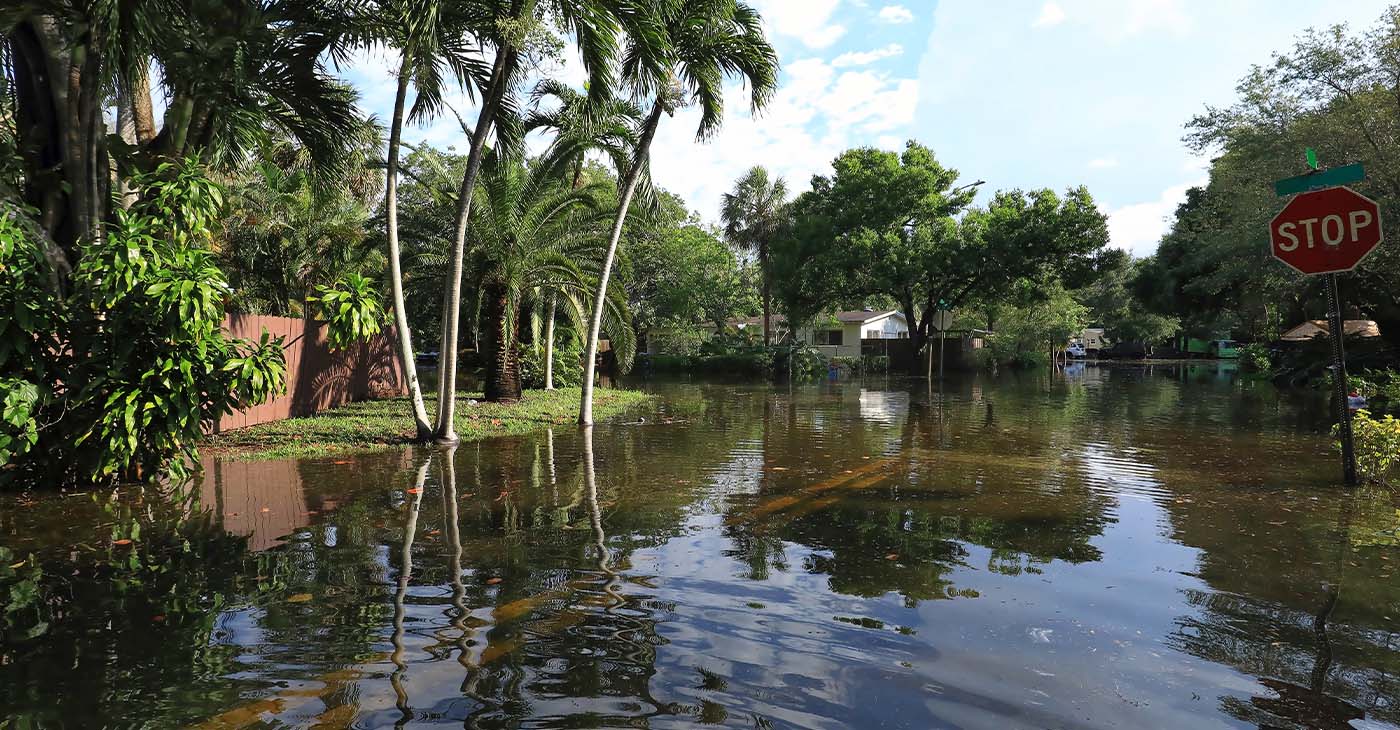By Erik A. Hooks, FEMA Deputy Administrator
We know that disasters do not discriminate. Yet, recovery from the same event can be uneven from community to community, perpetuating pre-existing inequalities. Recognizing these disparities, FEMA and the entire Biden-Harris Administration have prioritized equity when it comes to accessing federal programs and resources.
The numbers tell the story.
Just last month, FEMA announced nearly $3 billion in climate mitigation project selections nationwide to help communities build resilience through its Building Resilient Infrastructure and Communities (BRIC) national competition and Flood Mitigation Assistance program. In total, more than 50% of these projects will benefit disadvantaged communities, and in particular, 70% of BRIC projects will do the same.
These selections further underscore the Biden-Harris Administration’s commitment to equity and reaffirm FEMA’s mission of helping people before, during and after disasters, delivering funding to the communities that need it most.
Building on this momentum and our people-first approach, FEMA recently announced the initial designation of nearly 500 census tracts, which will be eligible for increased federal support to become more resilient to natural hazards and extreme weather worsened by the climate crisis. FEMA will use “Community Disaster Resilience Zone” designations to direct and manage financial and technical assistance for resilience projects nationwide, targeting communities most at risk due to climate change. More Community Disaster Resilience Zone designations, including tribal lands and territories, are expected to be announced in the fall of 2023.
These types of investments have, and will yield a significant return on investment for communities nationwide.
For example, in my home state of North Carolina, the historic community of Princeville, founded by freed African American slaves, uses BRIC funding to move vulnerable homes and critical utilities out of flood-prone areas.
In East Harlem, BRIC dollars will provide nature-based flood control solutions to mitigate the impacts of extreme rainfall events in the Clinton low-income housing community.
While we are encouraged by these investments, we know more must be done.
Not every community has the personnel, the time or the resources to apply for these federal dollars. Fortunately, FEMA offers free, Direct Technical Assistance to help under-resourced communities navigate the grant application process and get connected with critical resources. Under the leadership of FEMA Administrator Deanne Criswell, this assistance has been a game-changer, reducing barriers and providing even more flexible, customer-focused, tailored support to communities interested in building and sustaining successful resilience programs.
In Eastwick, Philadelphia, FEMA’s dedicated support helped the city with outreach to multiple federal agencies. Together, we built a comprehensive community-led flood mitigation strategy. When applied and implemented, this will make this community more resilient to hazards like flooding, which was negatively affecting many neighborhood blocks.
In DePue, Illinois, we worked hand-in-hand with communities to improve their ability to submit high-quality funding applications for hazard mitigation projects. We are happy to share that DePue is the first Direct Technical Assistance community to be selected in the BRIC national competition. And, we know they will not be the last. Thanks to this assistance and their ambition, DePue was awarded more than $20 million to build a new wastewater treatment plant, which will reduce flooding and raw sewage back-up into the basements of homes.
In total, our agency is working with over 70 communities, including tribal nations, to increase access to funding for mitigation projects that will make communities more livable and resilient.
With extreme weather events becoming increasingly intense and frequent due to climate change, we must keep pressing forward and continue investing in ways to better protect ourselves and our neighbors. And we are encouraged that local officials are engaging with us to learn more about the benefits of the BRIC non-financial Direct Technical Assistance initiative—just last week, we saw hundreds of participants nationwide register for a recent webinar on this important topic.
We want to see even more communities take advantage of this initiative, and, ultimately, obtain grants for innovative and forward-looking resilience projects. To that end, FEMA recently published a blog with five steps to help local communities and tribal nations learn more about the benefits of this non-financial technical assistance to access federal funding. I hope your community will take action and submit a letter of interest for this exciting opportunity and increase meaningful mitigation work throughout the country.
With the pace of disasters accelerating, communities can utilize federal resources to reduce their risk and take action to save property and lives. FEMA stands ready to be a partner and collaborator with any community that is ready to implement creative mitigation strategies and help build our nation’s resilience.
The post OP-ED: Delivering Climate Resilience Funding to Communities that Need it the Most first appeared on BlackPressUSA.

